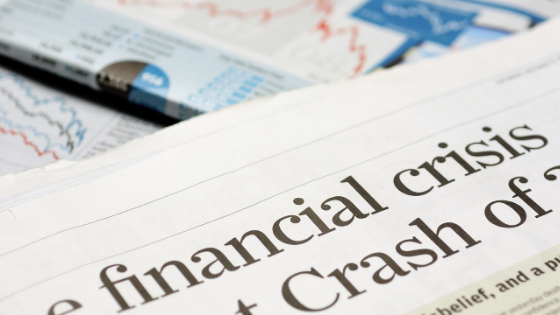During these difficult times, business leaders are looking at their bottom lines and forecasts for the next several months with trepidation. It’s unclear what the future will hold and what the coming months will mean for the economy and your business.
It’s a frightening time. And when so much is on the line–even the future of your business, it’s easy to let other concerns fall by the wayside. Workplace safety, you may argue, is less important for the time being than trying to ensure your employees have a job to return to.
But times like these are the moments when safety matters more than ever. Here’s why.
Effects of the Economy on Workplace Safety
Unfortunately, the economy does have a real effect on workplace safety (mostly negative).
As of 2017, workplaces spend more than $1 billion per week on direct workers’ compensation costs just for serious nonfatal workplace injuries. Add in the cost invested in safety programs, paying your EHS staff salaries, investing in safety equipment, and updating training materials, and you’re looking at a steep price tag. For many managers, especially those with strong safety numbers, it’s tempting to put those costs on the chopping block when revenues drop and credit lines tighten.
Plus, with cost-cutting measures underway, many employees are reluctant to report safety issues. They want to ensure they keep their jobs, so rocking the boat becomes less appealing as they see their colleagues losing their jobs.
Add in the fact that you have fewer workers doing more work–possibly with less equipment, and you have a recipe for disaster.
This alone is a good reason to prioritize your safety investment. When workers have to make do in less than ideal conditions, there’s a far greater risk of an accident when you have fewer resources to deal with the consequences.
Engaging Employees During Crisis
However, safety is about more than just money in, money out.
During a crisis, your business will only survive if you can keep your employees engaged and motivated. One of the key ways to keep teams engaged is to stay unified, and the only way to do that is by showing employees that you care. You need to show them that they are valued and that you’re ready to go to bat for them.
This requires courageous safety leadership. Be honest with your employees about the situation. Recognize the challenges you’re presenting them. Find ways to show them that you’re going to protect them. You may not be able to keep every element of your safety program, but the promise of that program remains the same.
This will be hard. But to be blunt, without your employees, your business won’t have a future.
Invest in What Matters Most
Your employees are your best asset. They’re what drives your success during good times and they’re what will carry you out of your darkest hour. The least you can do is show them that you appreciate their work.
For more posts on guiding your staff through these difficult times, check out our blog for more coronavirus coverage, like this post on the importance of PPE during coronavirus.
And if your EHS department needs support, know that EHS Insight is here to assist our customers during this difficult time. We’re all in this together.
From our team to yours, stay safe.
